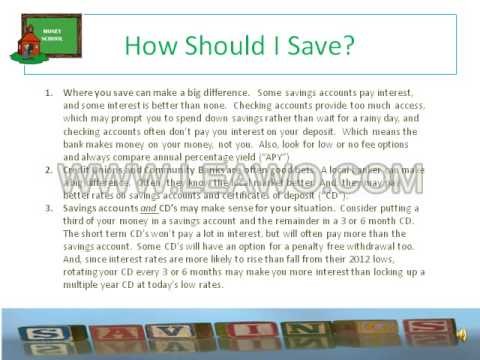New Regulations for Money Market FundsKiplinger
Post on: 5 Июнь, 2015 No Comment

Money market funds could lose their $1-a-share price tag.
Investors probably don’t think much about their money market funds—and that’s how they like it. The funds are stable, convenient parking spots for cash they want to shelter from market risks or keep handy to deploy into other investments. They may even write checks against their funds for family expenses. When it comes to investment flavors, money market funds are as plain-vanilla as it gets.
But regulators can’t shake the specter of what might have happened to the $2.7 trillion industry after one fund broke the buck in 2008 when its share price dipped below $1 in the maelstrom of the financial crisis. To prevent a devastating run that might have led to a taxpayer bailout, Uncle Sam stepped in with a temporary guarantee of money funds, which ended a year later without any payouts. Last year, the Securities and Exchange Commission tightened the rules for money markets, insisting on shorter maturities for investments in the funds, along with higher quality, more liquidity and disclosures of what assets backing that $1-per-share price are actually worth.
Not enough, say some money market watchers, who propose more radical makeovers. The most extreme would require replacing the $1-per-share net asset value with a floating NAV that actually reflects the current value of fund portfolios. Most of the time that value hovers within fractions of a cent of the $1-per-share mark. A floating NAV would remove the perception that money markets are risk-free, advocates say, and prevent runs that might ensue after a fund breaks the buck.
But a floating NAV changes the whole game, says University of Mississippi law professor Mercer Bullard. “A money market fund at its essence is a stable-value fund. A floating NAV would result in the eradication of money market funds.” Bullard thinks floating-NAV funds might attract market timers seeking to profit from tiny spreads in value, and that forfeiting the funds’ signature predictability might make them indistinguishable from less-safe choices. “How will we know the difference between money market funds and riskier short-term bond funds? Those funds got trashed in the crisis.” Forget check-writing; with a floating NAV, each transaction has the potential to deliver taxable gains or losses.

Advertisement
Other proposals include raising reserves in a special bank with access to the Federal Reserve’s lending facility to backstop money funds, or creating a buffer at each fund company that could be used to meet redemptions in a panic. The first of these options would hike fund expenses, the second would reduce yields—but probably no more than a few hundredths of a percentage point in either case. That small a sacrifice would barely be noticeable, at least after rates begin to ascend from historic lows. “I’m not sure people would be up in arms about paying more for a greater degree of security,” says David Certner, of AARP. “The key is how much more.”
We should know by early next year whether money market funds will be made even safer for taxpayers and investors, or whether this plain-vanilla option (at least as we know it) will disappear from the investment menu altogether.














